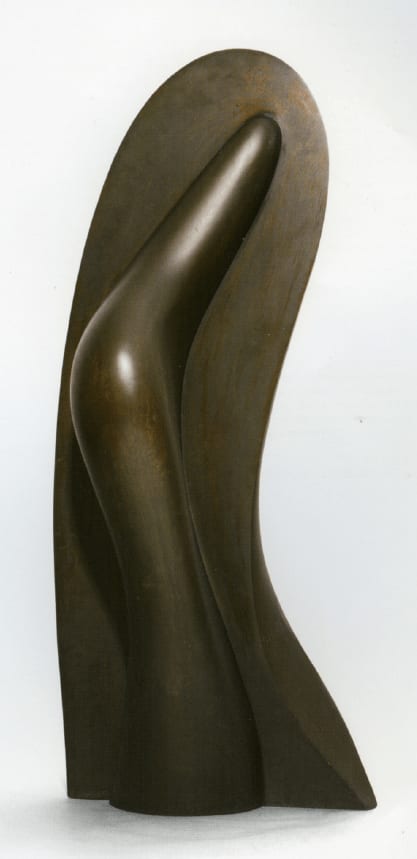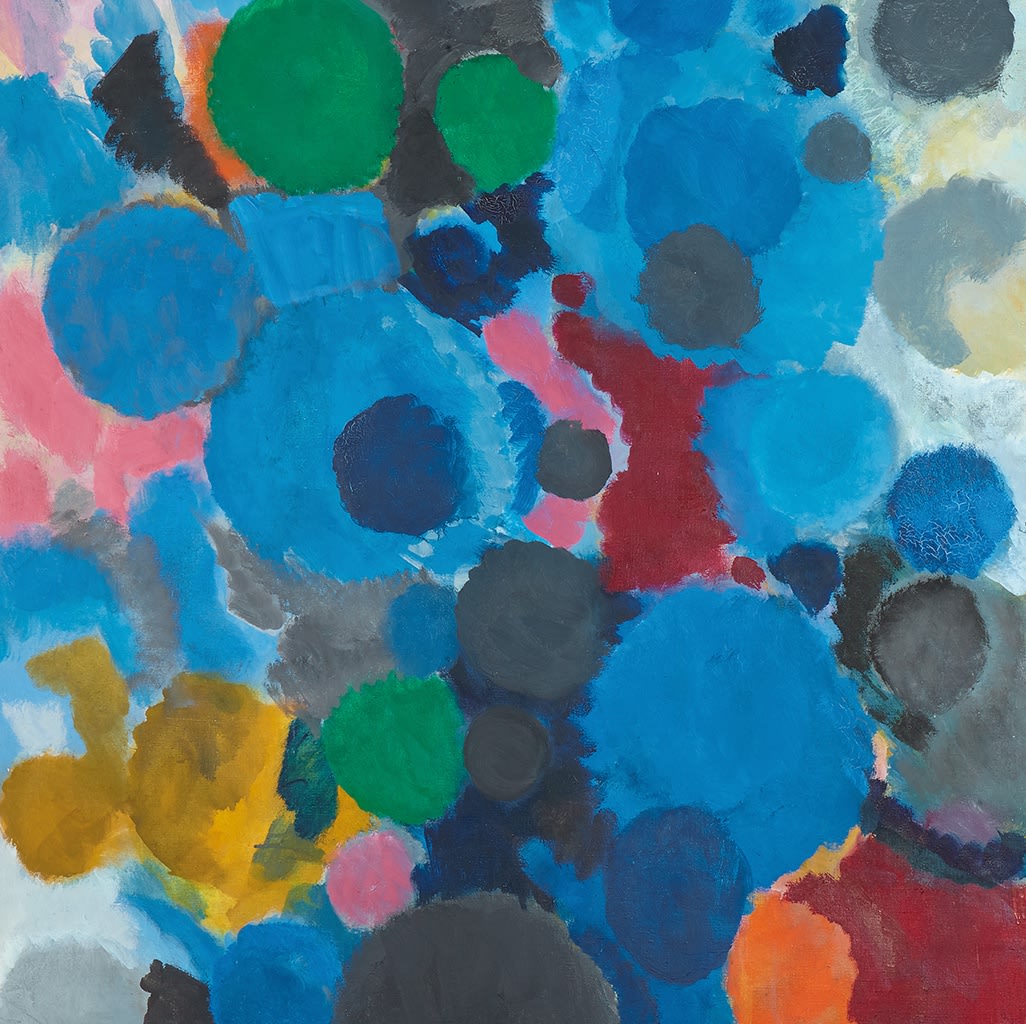HANS ARP French-German, 1886-1966
"Dada is for nonsense, that doesn't mean nonsense. Dada is nonsensical like nature and life. Dada is for nature and against art. Dada wants to give nature, every thing its essential place."
Jean (Hans) Arp was a French-German artist and poet known as a founding member of Dadaism. His abstract collages, paintings, and sculptures of organic forms were motivated by an interest in harnessing unconscious thought and parodying established ideas. “A painting or sculpture not modeled on any real object is every bit as concrete and sensuous as a leaf or a stone,” he once remarked. “But it is an incomplete art which privileges the intellect to the detriment of the senses.” Born Hans Peter Wilhelm Arp on September 16, 1886 in Strasbourg, Germany (present-day France), his mother was French and his father German—thus he used the first name Jean in French-speaking countries and Hans in German-speaking countries. During the 1910s, he was briefly involved in the milieu of Wassily Kandinsky and other members of the Der Blaue Reiter group in Munich, but moved to Zürich to avoid conscription into the German army during World War I. Here, Arp befriended Hugo Ball and met his future wife Sophie Taueber. During these years, the three of them participated in the famed Cabaret Voltaire and composed the Dadaist manifesto. The couple later relocated to France, where they collaborated with the Dutch artist Theo van Doesburg. World War II necessitated the two artists flee again to Switzerland, where Sophie died unexpectedly of carbon monoxide poisoning. Arp died on June 7, 1966 in Basel, Switzerland. Today, the artist’s works are held in the collections of the Tate Gallery in London, the Solomon R. Guggenheim Museum in New York, and the Art Institute of Chicago, among others.




